Cuban Black Tobacco is considered the best in the world due to the unique conditions that certain parts of the Island have for its cultivation. The essence of this distinction is in the tobacco and its flavor, from the union of four factors that only exist in Cuba: ground, weather, the variety of Cuban Black Tobacco and the know-how of the vegueros and torcedores.
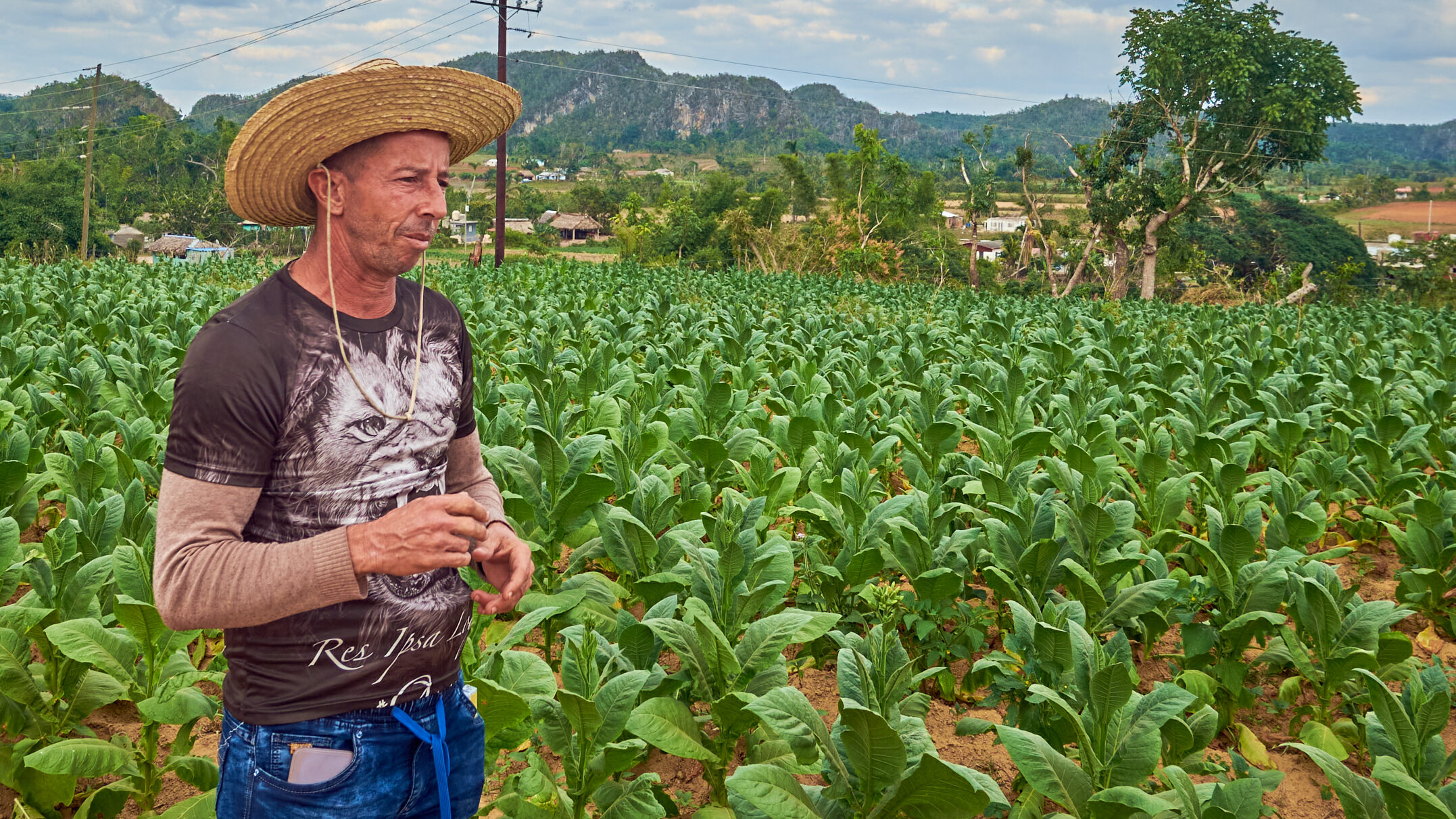
All Habanos are Cuban, but on the other hand, not all cigars made in Cuba are Habanos.
The title "Habanos" is the Protected Designation of Origin (D.O.P.) reserved for a selection of the most prominent brands whose tobaccos are made, following the most rigorous standards, from tobacco leaves harvested in certain areas also protected as designations of origin.
Habanos are made using entirely manual methods, which are passed down from generation to generation and have remained almost unchanged to this day. More than 500 manual processes, including agricultural and factory processes, are carried out between the sowing of the seed and the boxing of each Habano.
The cultivation of the best tobacco in the world
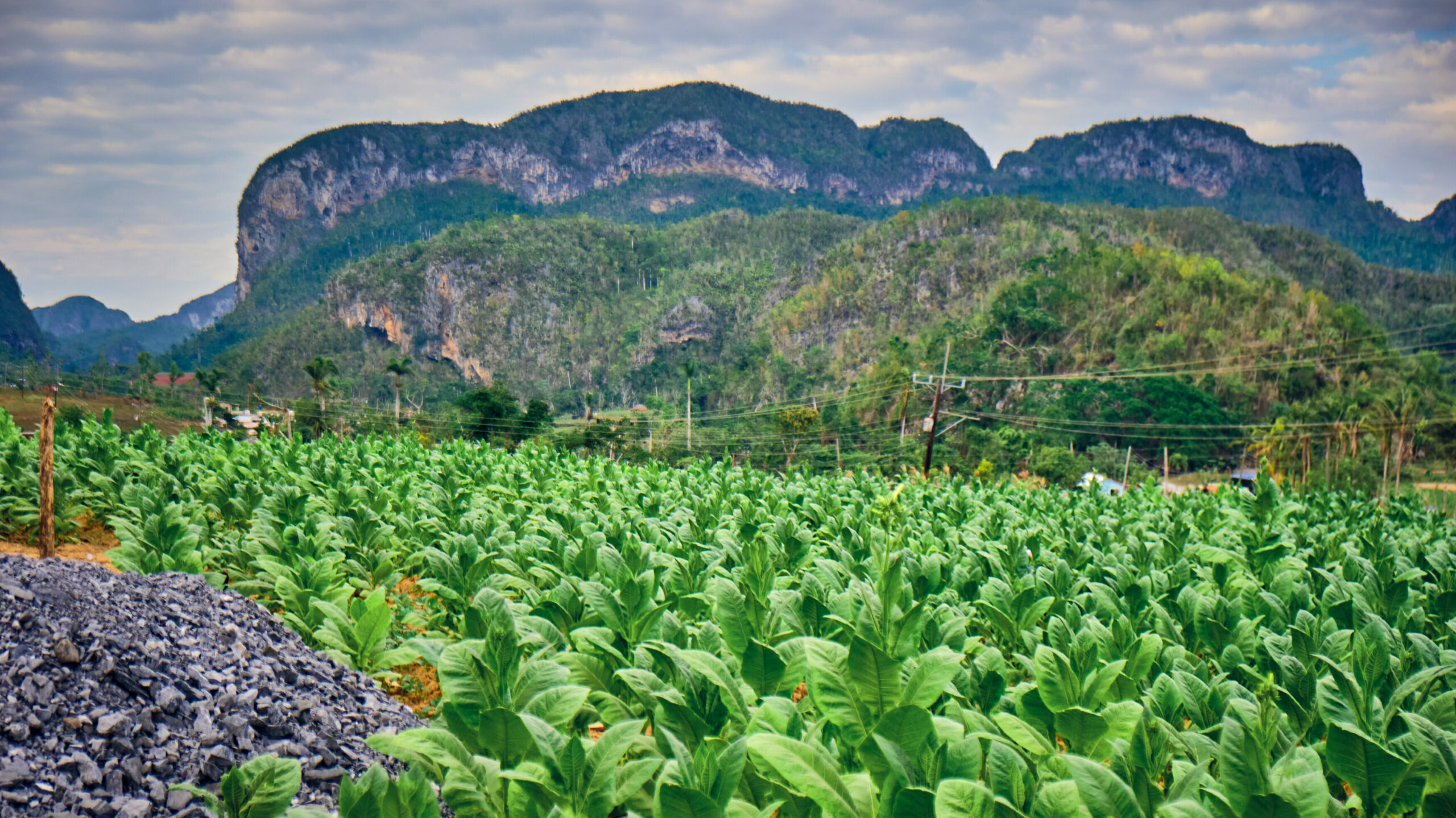
Two different forms of cultivation produce the different types of leaves required. It takes place between the months of October and December.
The wrapper leaves are grown in covered tobacco fields, which are fully protected from the sun by the covering cloth.
The filler and binder leaves are grown outdoors. This is how they take full advantage of the Cuban sun.
In each case, the leaves present different characteristics depending on their height on the plant, hence their classification and destination in the process.
Collection of leaves
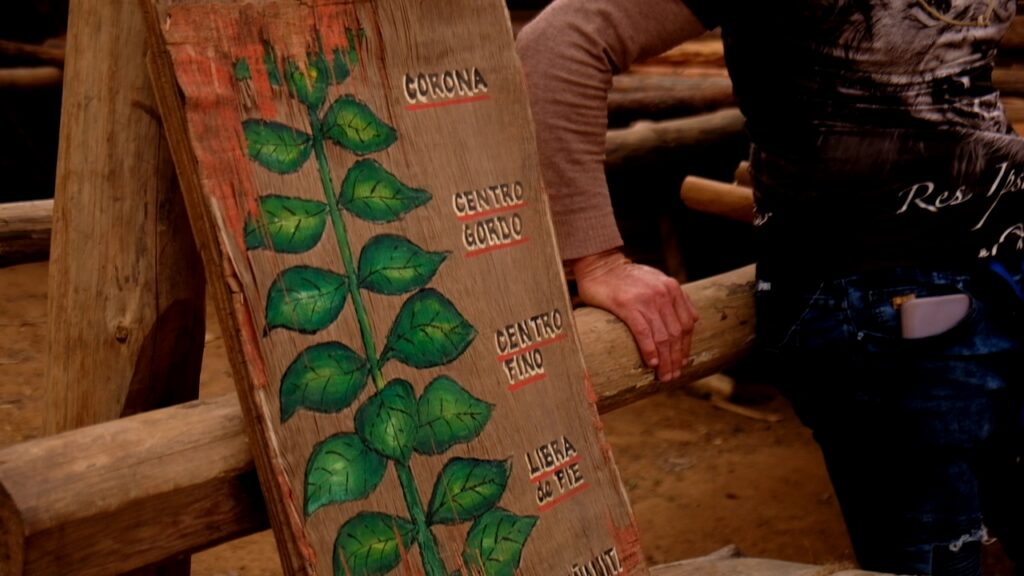
Es una ardua tarea puesto que cada hoja deberá cosecharse a mano. Sólo se pueden tomar dos o tres hojas a la vez, y deberán transcurrir unos días entre cada recolección. Para cosechar una sola planta en su totalidad se requieren unos 30 días.
Leaf curing in the air
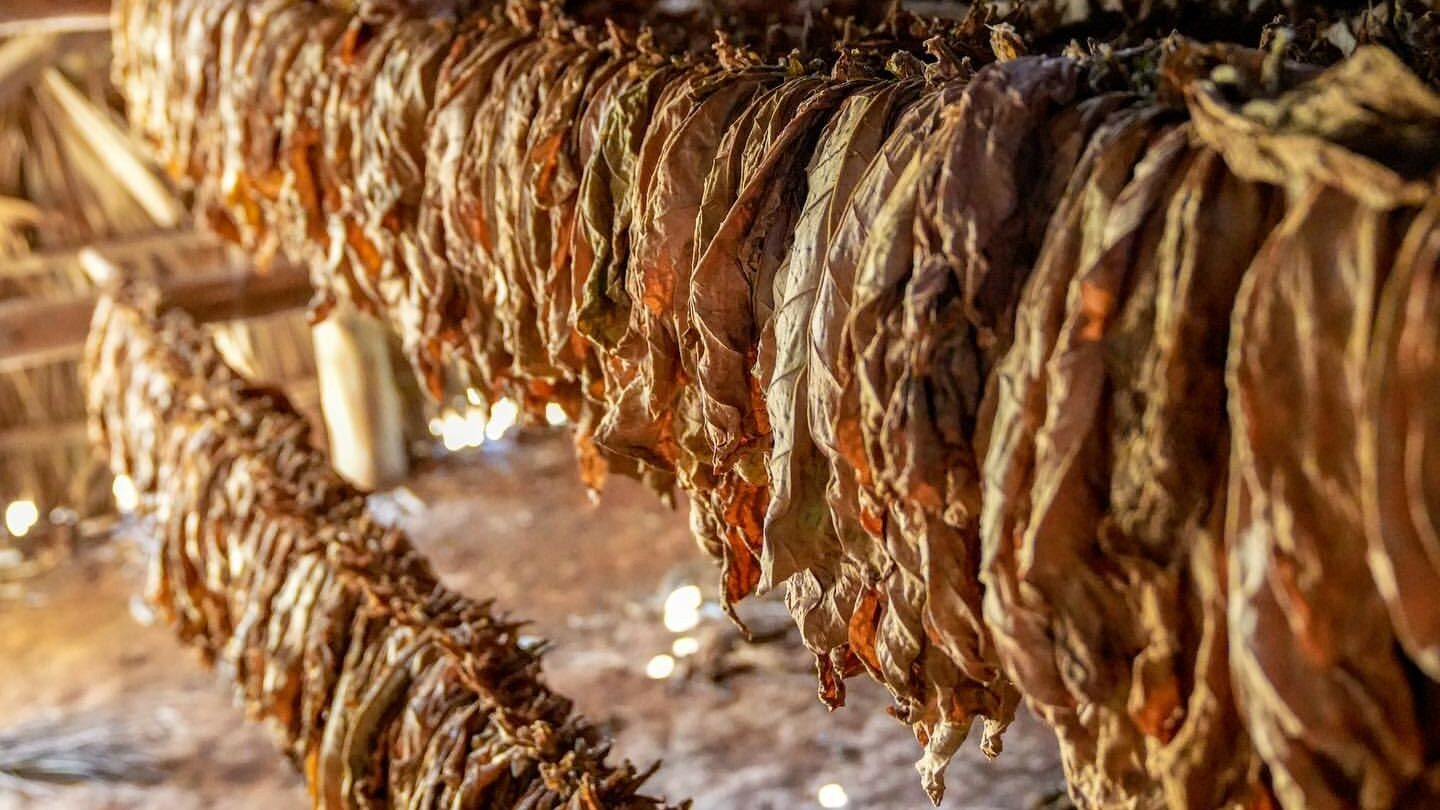
Las hojas cosechadas son trasladadas a las casas de tabaco de los agricultores para ser curadas al aire; ésta es la primera de las muchas etapas que tendrá que recorrer la hoja.
This process is carried out in parallel as the leaves are collected and can last 25 or 50 days depending on the type of leaf. The success of the entire harvest depends on it, it eliminates moisture and makes the leaf gradually reach a golden carmelite tone.
First fermentation
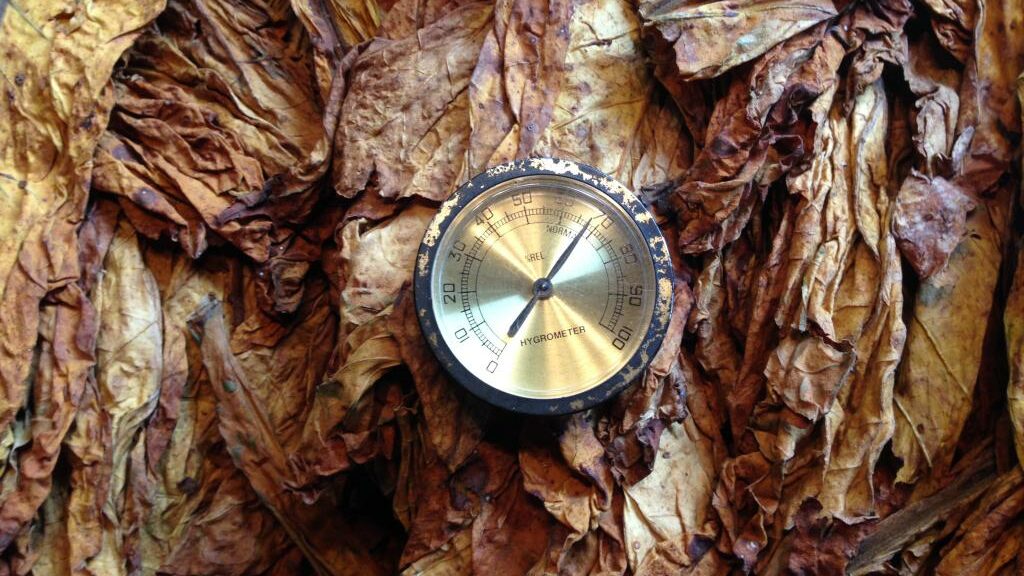
The already dry leaves are tied in bundles and moved from the vega to the chosen one. Here ends the work of the farmer.
Fermentation is essential for the quality when smoking the cigar, impurities are removed and acidity, tar and nicotine are reduced.
In addition, the flavor of the tripe leaves is softened and the color of the wrapper leaf is evened out.
Chosen and classification
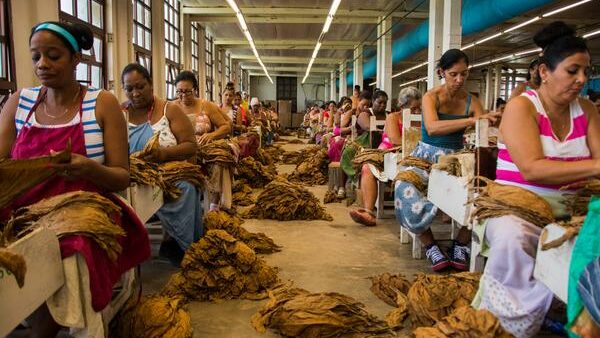
The leaves are selected according to the function they will play in making the Habano, following three criteria: size, color and texture.
Wrapper leaves are classified into more than 50 different categories designed to ensure that only the most perfect ones serve as a dress for a Habano.
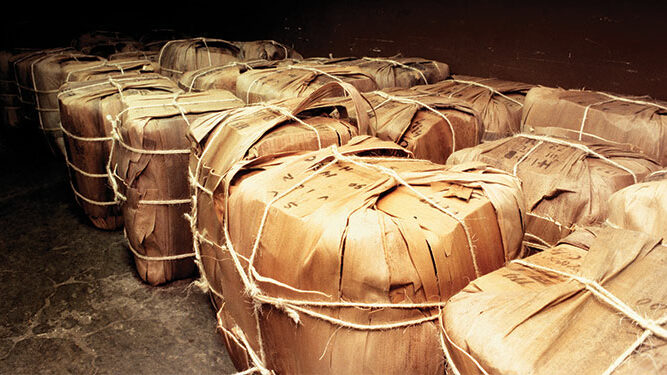
Because they are finer, they only require a single fermentation and are ready to be packed in thirds (packaging made with the bark of the Royal Palm) and transported to the warehouse where they will be aged for at least six months.
The filler and binder leaves are grouped into three sizes and essential flavor categories or times, which are combined in the filler mix: light, dry and flown.
Destemming
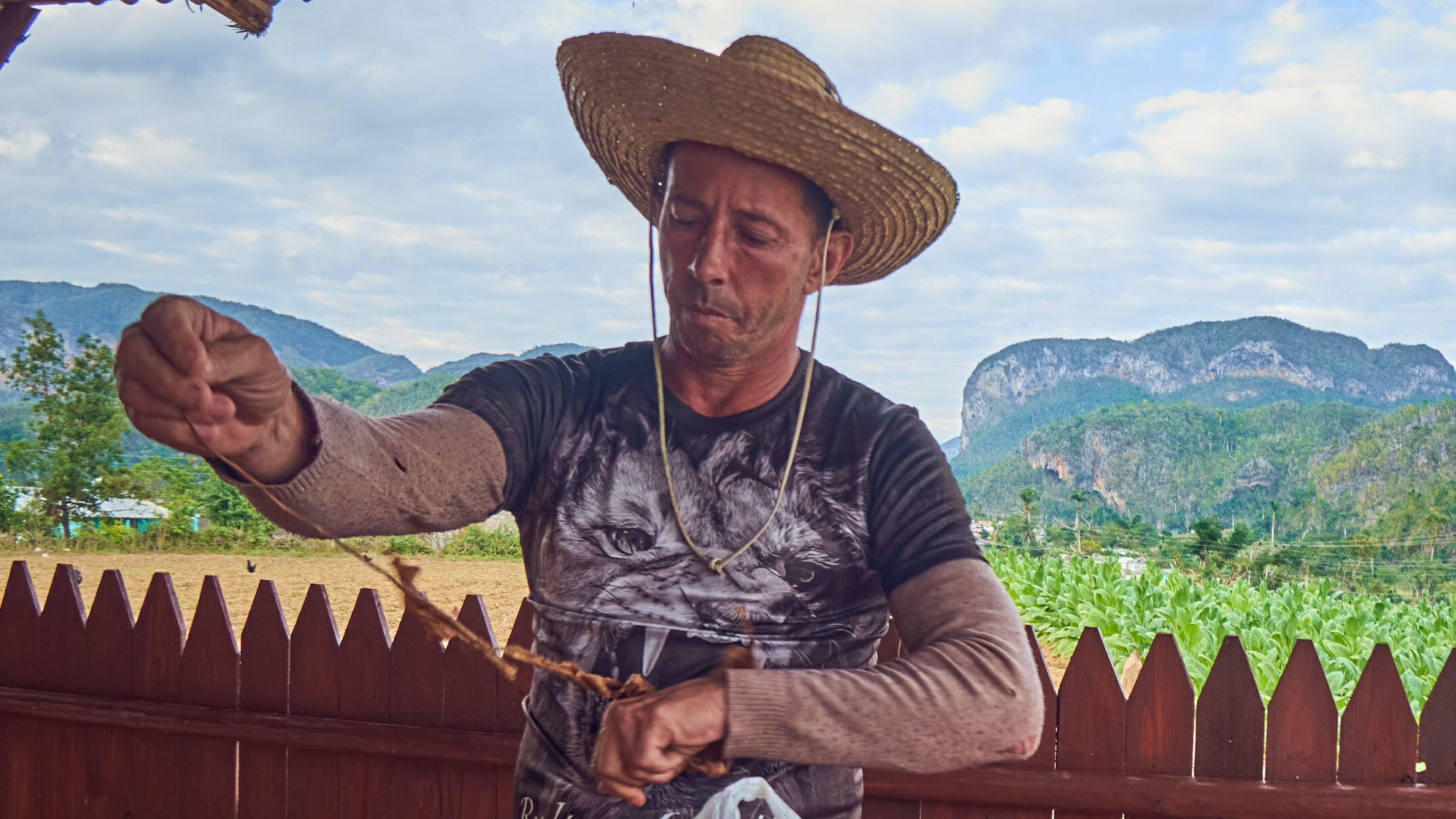
A process of moistening the filler and binder leaves is carried out that allows the leaf to be destemmed. The stem-stemmers tear off the lower portion of the central vein of each leaf, making it ready for the second fermentation.
Second fermentation
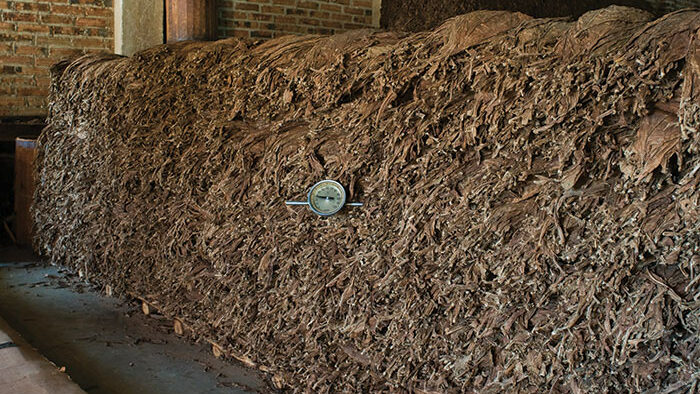
Again the filler and binder leaves undergo a second fermentation, the pilones are larger and the fermentation period is longer than in the first.
Aging
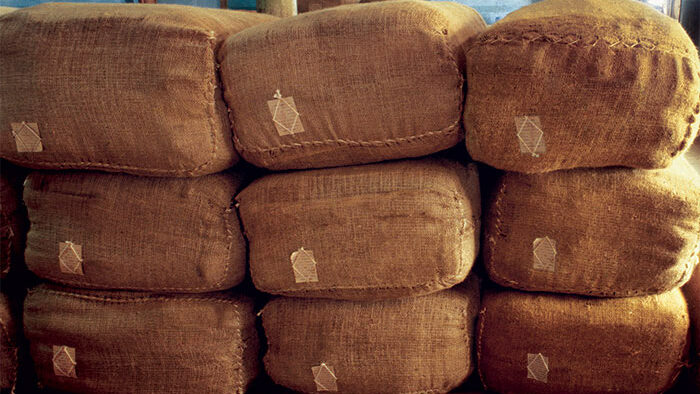
The filler and binder leaves are aired on pallets for several days. Then they are packed and transferred to the warehouse where they will be joined to the wrapper sheets, to complete the final aging process.
If you want to continue deepening your knowledge about the cultivation of the best tobacco in the world, we invite you to visit this page:
If you want to know first hand everything about the cultivation and elaboration of Habanos, do not hesitate to contact us. We can give you a tour of the La Esmeralda farm in Viñales, Pinar del Río, where a farmer will explain this interesting process. Also, if you are planning a trip to Cuba, you can practice different types of tourism.
Take a look at the accommodations we have in Viñales:
Find us in

